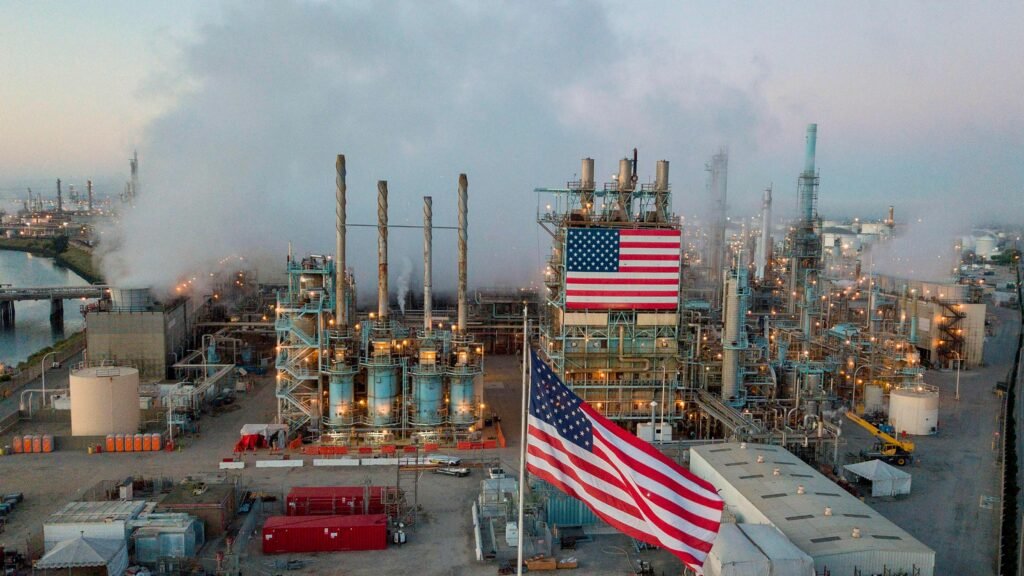
Oil prices increased in Asia on Monday as investors kept an eye out for indications that the U.S. might initiate interest rate cuts in September. Brent crude futures went up by 32 cents, or 0.39%, reaching $82.95 a barrel by 0651 GMT, while U.S. West Texas Intermediate crude futures also rose by 34 cents, or 0.42%, reaching $80.47.
ANZ Research stated in a note, “Since the June FOMC meeting, inflation and labor market data have suggested that disinflation and labor market rebalancing are in place, which we expect will enable the Fed to commence its interest rate cutting cycle in September.”
The U.S. Federal Reserve is set to review policy on July 30-31, and investors anticipate that rates will remain unchanged but will be looking for further evidence of a cut in the September meeting. President Joe Biden’s decision on Sunday to withdraw from the re-election race and endorse Vice President Kamala Harris did not significantly impact oil markets. Suvro Sarkar, energy sector team lead at DBS Bank, suggested that the influence of the U.S. president on U.S. oil production might be overrated, noting that despite the Biden administration’s efforts to address climate change, U.S. output reached record highs.
Nuclear power, with its ability to provide a substantial amount of power from a relatively small footprint for a very long time without any carbon emissions, could help counterbalance the support that markets have received from recent OPEC+ production cuts, according to Tony Sycamore, market analyst with IG. Sycamore also mentioned that the downside to unrestricted oil production in the U.S. could lead to lower oil prices, potentially forcing marginal producers to halt production at lower prices. A slower-than-expected economic growth rate of 4.7% for China in the second quarter raised concerns last week about the country’s oil demand and continues to exert downward pressure on prices.
On Monday, China surprised markets by reducing a key short-term policy rate and benchmark lending rates as a measure to bolster the economy. Additionally, China released a policy document following a leaders’ meeting last week outlining known ambitions, from developing advanced industries to enhancing the business environment, with no immediate signs of structural shifts in the world’s second-biggest economy.